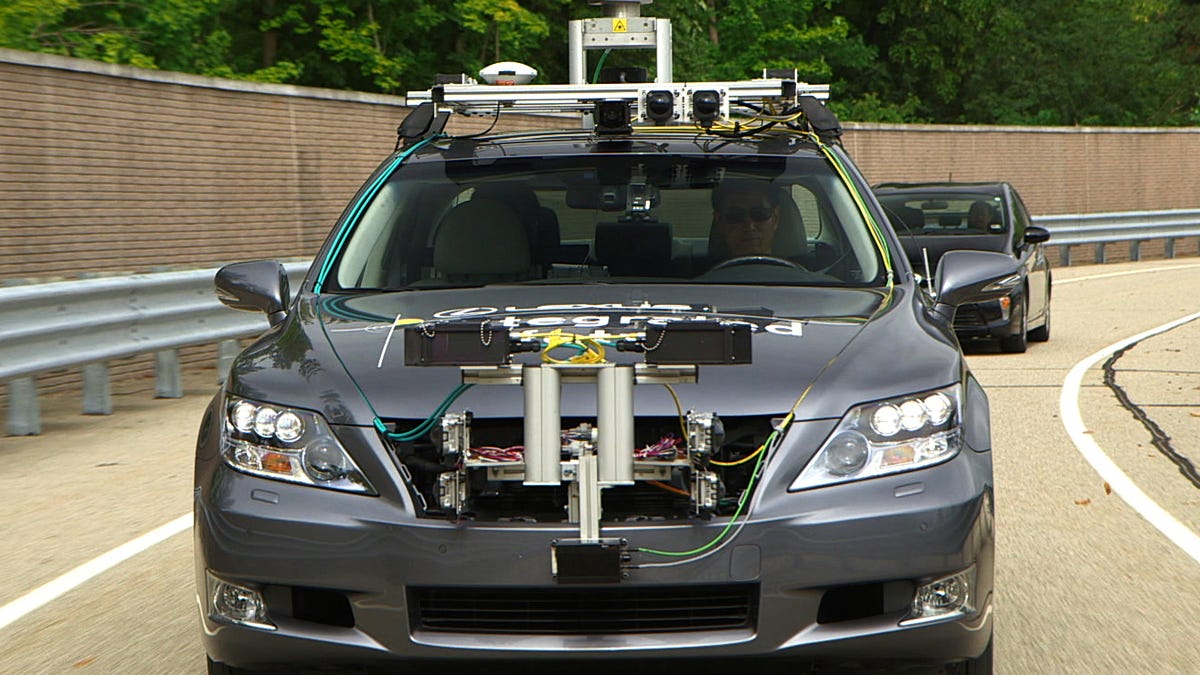Toyota rolling out near-autonomous cars in five years
Toyota announced two safety systems today, Automated Highway Driving Assist and Pedestrian-Avoidance Steer Assist, autonomous car technologies it expects to go into production cars mid-decade.

The race toward autonomous vehicles appears to be picking up steam. Nissan set 2020 as the year it would put autonomous cars on the road, and now Toyota is laying out specifics on autonomous car technologies it will put into production "in the mid-2010s," according to a press release.
Toyota calls its core autonomous car technology Automated Highway Driving Assist (AHDA), noting that it consists of two new features, Cooperative-Adaptive Cruise Control and Lane Trace Control.
Adaptive cruise control systems have been in production vehicles for a number of years. Using radar or stereoscopic cameras, these systems detect the speed of traffic ahead. If cruise control is set to a higher speed, the system will slow down the car to match the speed of slower traffic. Toyota's Cooperative-adaptive Cruise Control achieves the same result, but it relies on transceivers in cars to broadcast their speed, acceleration, and braking. Two cars using this system could more accurately match speeds than with traditional adaptive cruise control systems.
The transceivers communicate data over the 700MHz band, rather than the 5.9GHz band used in Dedicated Short Range Communication systems currently being developed by the U.S. Department of Transportation and other automakers for vehicle-to-vehicle communication.
Lane Trace Control relies on traditional sensors, such as radar and cameras, to handle steering for the driver. Toyota's press release notes that this technology is designed to "maintain the optimal line within the lane." Mercedes-Benz released the first production self-steering system in its new S-Class.
Toyota adds to these technologies with a new pedestrian safety feature called Pedestrian-Avoidance Steer Assist that it promises by 2015. This technology adds to current precollision avoidance systems in Toyota production cars. The new system uses sensors to scan for pedestrians in the car's path. If it detects one, the car alerts the driver through visual and audible warnings. If the driver fails to take action, the car begins automated braking. If braking will not prevent the collision, the system can actually steer the vehicle.
Using its sensor data, the system will determine if there is a clear area to steer the car into so as to avoid hitting the pedestrian.
Automated steering systems have become increasingly possible due to the automotive industry's adoption of electric power steering.

